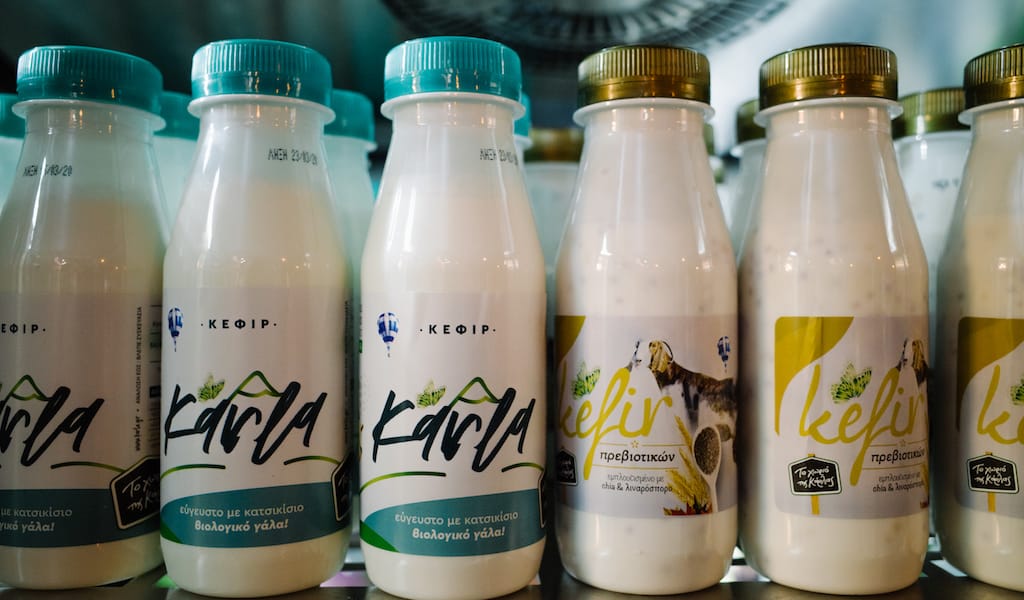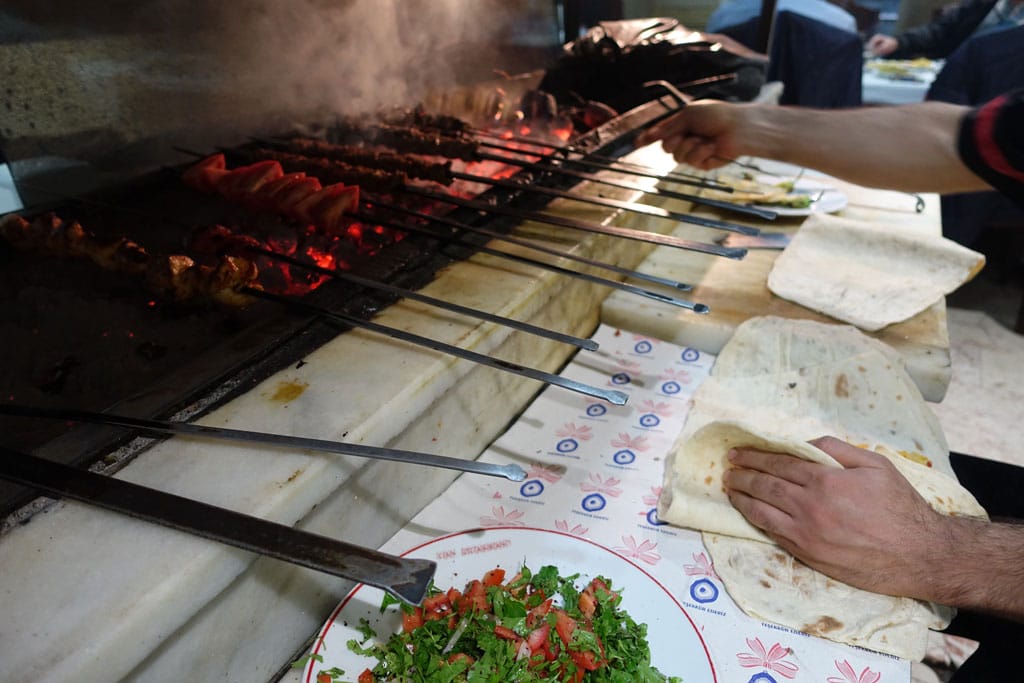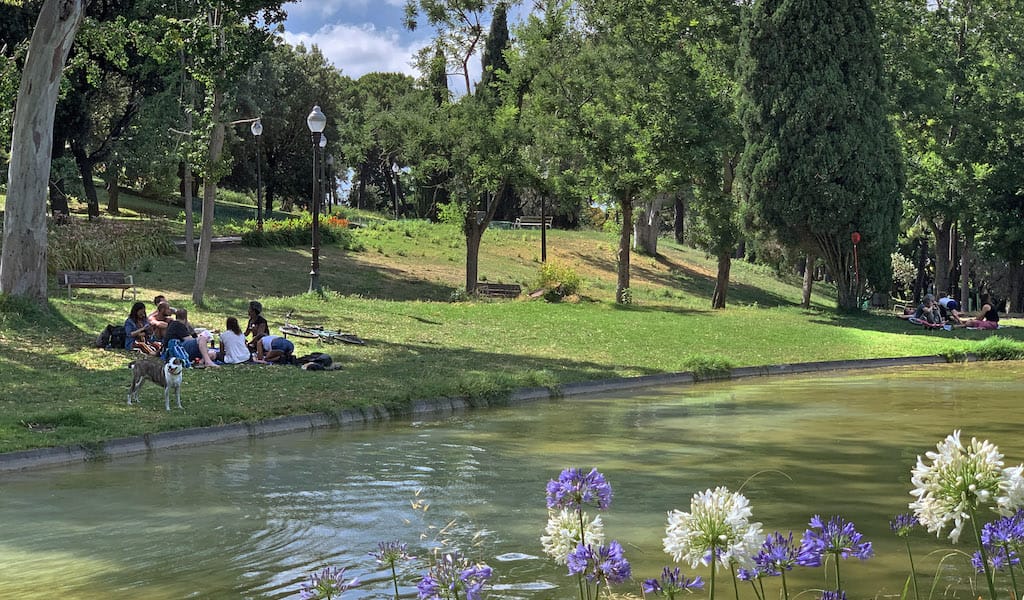‘Tis the season of the Japanese New Year’s trinity: osechi, oseibo and nengajo. Like newsy Christmas cards, the nengajo is a recap of family or personal news mailed in postcards during the weeks preceding the end of the year and efficiently delivered all over Japan promptly on January 1.
The winter gift-giving season is in full swing, with companies and individuals sending oseibo gifts as thank-you expressions for kindnesses over the year. Most gifts are food or household items like cooking oil or soap.
The best of the traditions is osechi ryori, traditional New Year’s cuisine. Osechi is not something one can find in a restaurant because it’s eaten only one time a year, at home or when visiting others at home. The first days of the new year are for resting and rejuvenating, including for those responsible for providing meals, traditionally women. All stores and most restaurants are closed. Food is prepared ahead of time with materials that can be preserved, to be eaten over several days beginning on New Year’s Day.
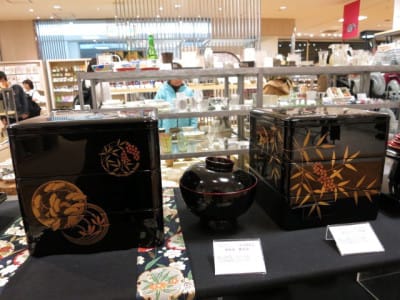 Osechi ryori is most often served in jubako lacquer boxes with small compartments for each dish. The boxes are stacked one on top of the other in a tower of plenty. Traditionally, families owned a jubako that would be stuffed each year using recipes handed down through generations. Many modern households prefer to order premade osechi from restaurants and depachika food halls in department store basements. Recently, famous restaurants and celebrity chefs have begun to offer elaborate creations with less traditional foods. A typical jubako for four people will cost an average of $300; however, it would not be difficult to spend close to $1,000. They must be ordered weeks in advance from catalogs filled with enticing photographs or plastic models in stores, and they sell out quickly.
Osechi ryori is most often served in jubako lacquer boxes with small compartments for each dish. The boxes are stacked one on top of the other in a tower of plenty. Traditionally, families owned a jubako that would be stuffed each year using recipes handed down through generations. Many modern households prefer to order premade osechi from restaurants and depachika food halls in department store basements. Recently, famous restaurants and celebrity chefs have begun to offer elaborate creations with less traditional foods. A typical jubako for four people will cost an average of $300; however, it would not be difficult to spend close to $1,000. They must be ordered weeks in advance from catalogs filled with enticing photographs or plastic models in stores, and they sell out quickly.
Because of the expense, many households will create their own from foods bought in the store. Tsukiji market is flooded with people buying osechi foods, and supermarkets clear their shelves of the usual foodstuffs and stock many varieties of special seasonal fare.
Osechi foods range from sweet to salty and each has significance. The general nature is good fortune, prosperity and health. When tucked into the jubako they begin to represent a gorgeous Japanese garden.
The main elements of osechi ryori and their significance are varied. Shiny kuromame black beans are a perfect symbol of osechi and are said to bring good health. Kazunoko herring roe is another staple of osechi and signifies abundance. Kazu means “number” and noko means “child;” thus kazunoko is also a wish for expanding the family in the coming year. Families are quite particular about the quality and appearance of the pale-yellow, salty kazunoko they serve. Just as important is the tazukuri, dried anchovies glazed with sweet mirin, sugar and soy sauce, signifying a bountiful rice crop because the Japanese name sounds similar to that for planting rice. The small fish were at one time so abundant in Japanese waters that they were used for fertilizing rice fields.
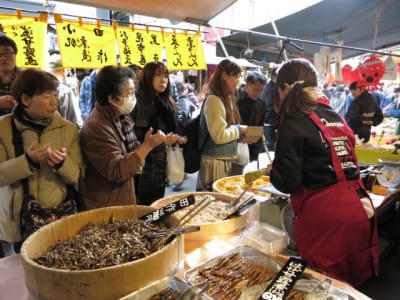 The traditional colors of New Year’s are red (to fight against evil) and white (purity). Kamaboko pressed fish-cake slices are semicircular with a white inside and pink outer lining, symbolizing the first sunrise of the year. Namasu pickled carrots and daikon radish are another red-and-white combination and a good omen.
The traditional colors of New Year’s are red (to fight against evil) and white (purity). Kamaboko pressed fish-cake slices are semicircular with a white inside and pink outer lining, symbolizing the first sunrise of the year. Namasu pickled carrots and daikon radish are another red-and-white combination and a good omen.
Bringing back the sweetness factor is kurikinton, a puree of chestnuts and sweet potatoes, for good economic fortune. Buddhist philosophy gets a nod in vinegared lotus root tsubasu. The lotus root holes symbolize an unobstructed view of the future. At our house we all try to look unobtrusive as we slyly snag an additional plump and costly ebi shrimp in its shell, its long, curved antennae twirling out from its head. Because shrimp molt their shells they are thought of as a symbol of life’s renewal and are also a representation of long life because their curved back resembles an elderly person.
Osechi ryori is usually eaten with iwaibashi, wooden chopsticks that have been placed in a wrapper decorated with the character for kotobuki (longevity and prosperity) or another image, usually the appropriate animal on the Chinese calendar in the coming year. For 2016 there will be a monkey adorning many chopstick covers and special placemats sold for the meal. Both ends of the chopsticks are thin, and the meaning behind this is that both god and people can eat at the same time – one end for the god and the other for humans.
Possibly one of the highlights of waking up on the first day of the year is having otoso, New Year’s sake. Unlike sake for the gods, it is not refined sake but sake infused with Chinese herbs for health. In pouring, the order is supposed to be from young to old.
Osechi ryori is a long, rambling meal, as everyone picks and chooses their favorite items from the jubako. The savory finale is ozoni, a bowl of dashi broth with dense mochi rice cakes softening as they float to the top along with vegetables, chicken or fish.
Osechi ryori also includes dessert. Our favorite is creamy hoshigaki, dried persimmon, its sweet essence seeming to reach all the way to the sinuses. Probably most popular is the mound of bright orange mikan mandarins that inevitably appears at the end of winter meals.
The osechi meal is a luxurious treat that is enjoyed numerous times over several days – and just enough so that nobody complains that it’s only once a year.
 March 5, 2020 Galaktokomio
March 5, 2020 Galaktokomio
The refrigerators are spilling out onto the sidewalk. That’s the first thing we notice […] Posted in Athens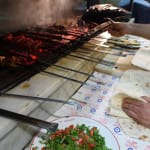 May 24, 2016 Can Ocakbaşı
May 24, 2016 Can Ocakbaşı
Istanbul’s Aksaray district is a difficult place to get to know. It's probably the most […] Posted in Istanbul July 9, 2020 Picnic Week 2020
July 9, 2020 Picnic Week 2020
While Barcelona has lots of green space – almost 3,000 hectares spread out over 34 parks […] Posted in Barcelona
Published on January 01, 2016
Related stories
March 5, 2020
AthensThe refrigerators are spilling out onto the sidewalk. That’s the first thing we notice at Galaktokomio, a dairy shop in Ambelokipi. We step inside and, unsurprisingly, more of these large refrigerators line one of the walls of this tiny shop. The opposite wall is filled with shelves of pasta, trahana, almonds, flour, honey, tahini and…
Dig into Aksaray on our Kebab Krawl!
May 24, 2016
IstanbulIstanbul’s Aksaray district is a difficult place to get to know. It's probably the most diverse district in all of Turkey and with a very high turnover rate. Those Georgian ladies you saw dragging an overstuffed plaid duffel down Buyuk Langa Caddesi yesterday? They might be halfway to Batumi by now. The Syrian family by…
July 9, 2020
BarcelonaWhile Barcelona has lots of green space – almost 3,000 hectares spread out over 34 parks and gardens – not all of it makes for good summer picnicking. What you need are those dark, open refuges under the treetops, where you can breathe and relax and your wine isn’t going to start boiling. And especially now,…













































